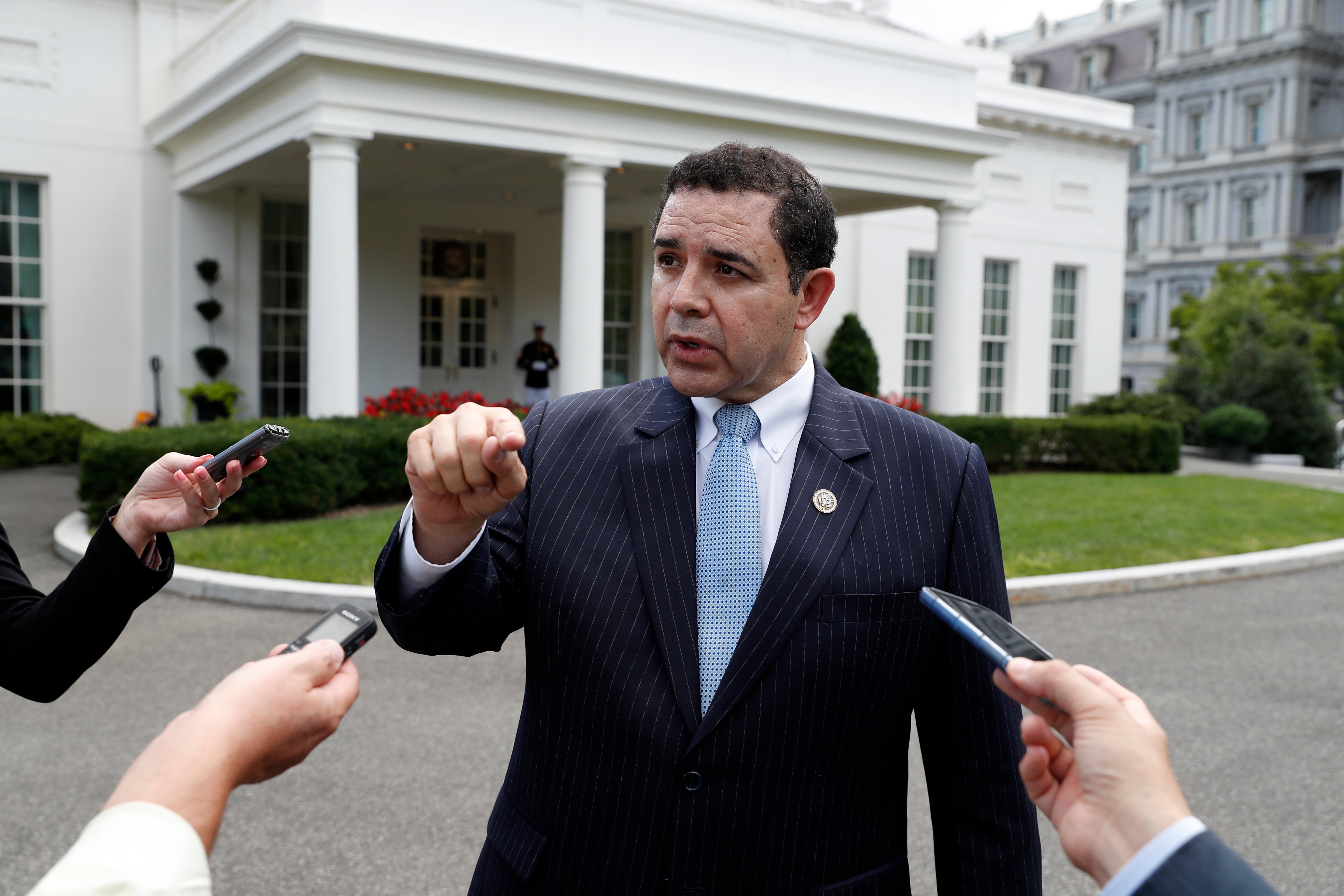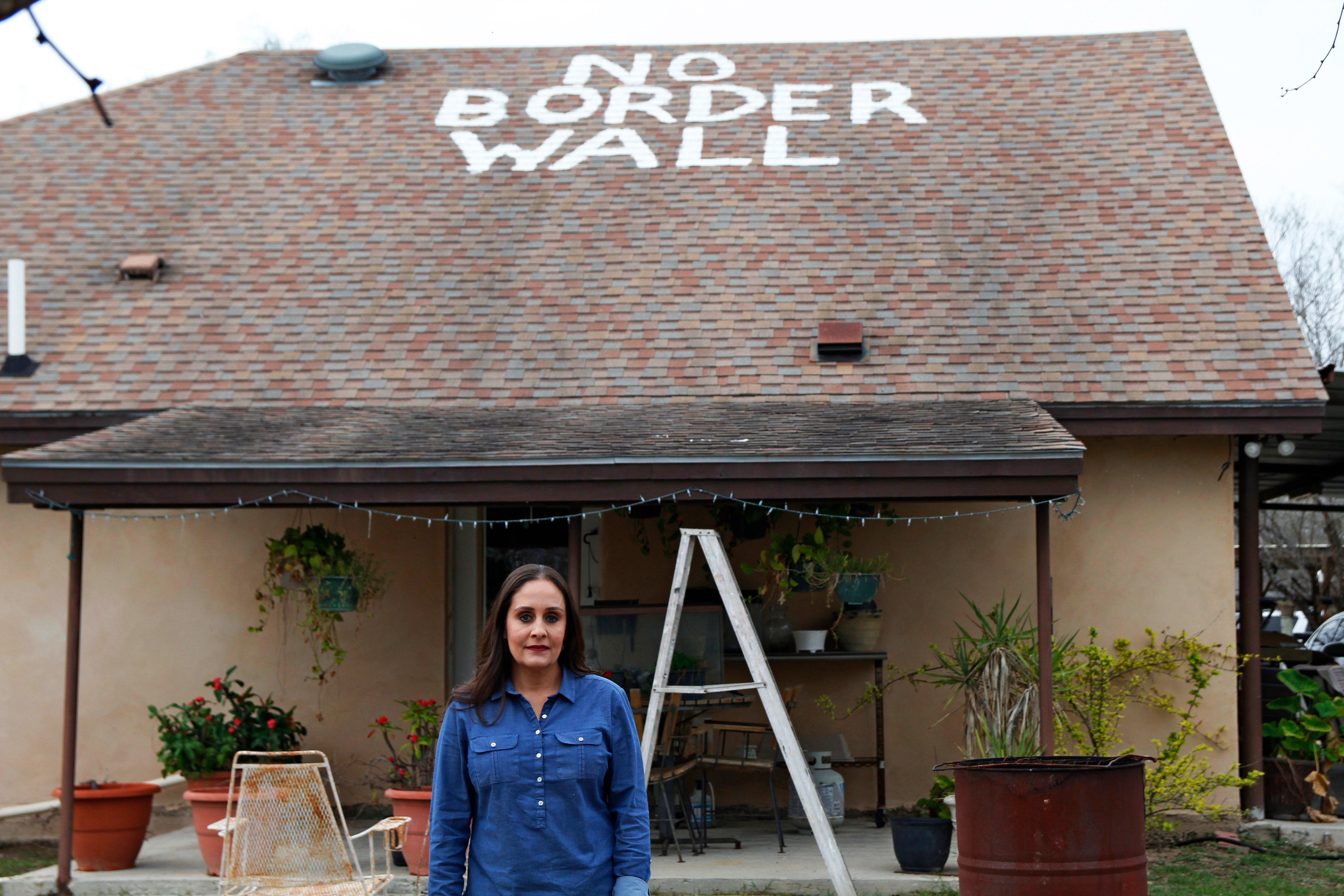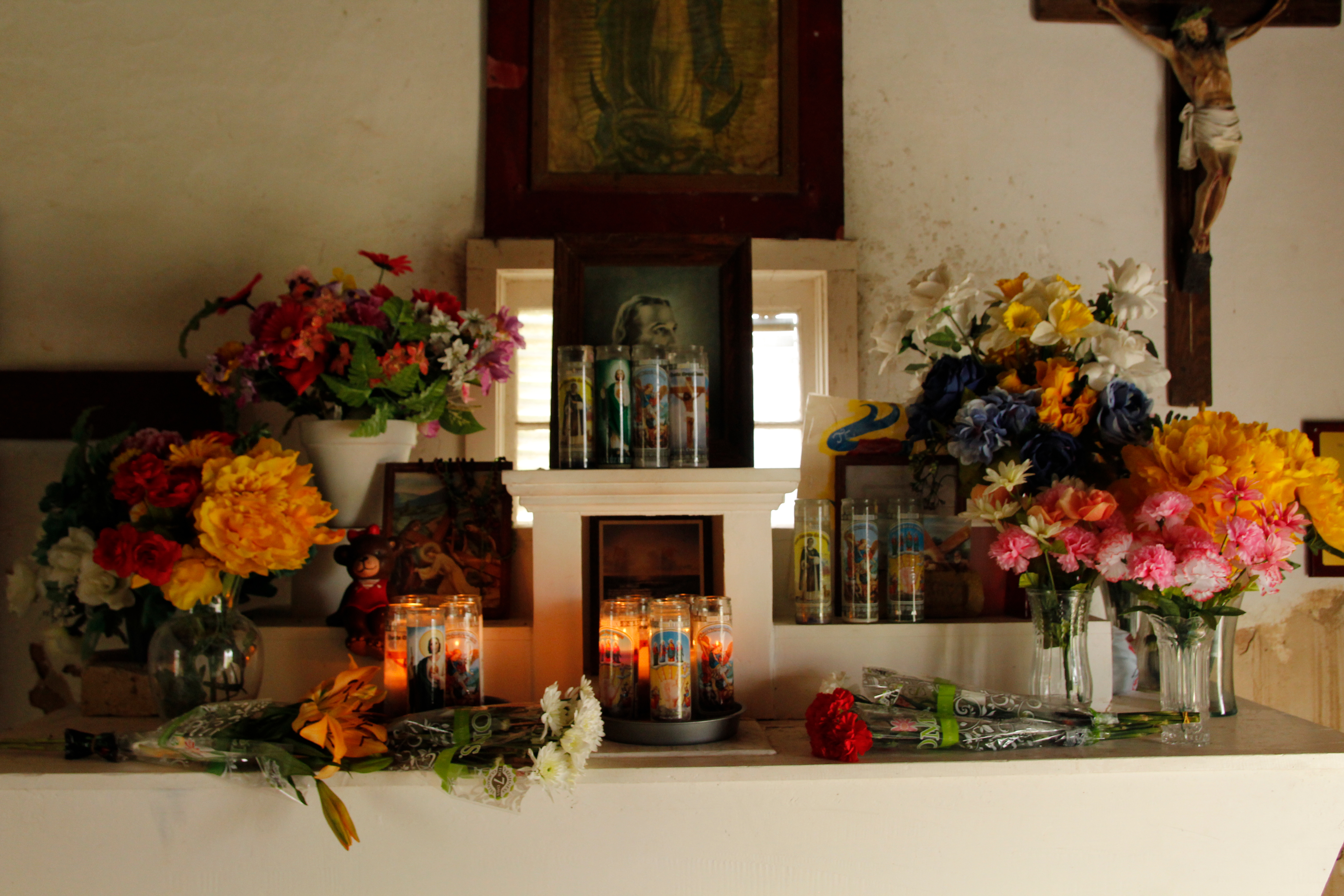
In South Texas, the Catholic Church vs. Trump’s Border Wall
A charismatic priest and the local diocese hope to save a 120-year-old chapel near the Rio Grande.
–
by Gus Bova
December 18, 2018
Around the Texas border town of Mission, Father Roy Snipes is known for his love of Lone Star beer, a propensity to swear freely and the menagerie of rescue dogs he’s rarely seen without. At 73, Father Roy, as he’s universally known, stays busy. He says around five masses a week at Our Lady of Guadalupe Church in downtown Mission, and fields endless requests to preside over weddings and funerals. Lately, he’s taken on a side gig: a face of the resistance to Trump’s “big, beautiful” border wall.
“It’ll be ugly as hell,” said Snipes. “And besides that, it’s a sick symbol, a countervalue. We don’t believe in hiding behind Neanderthal walls.”
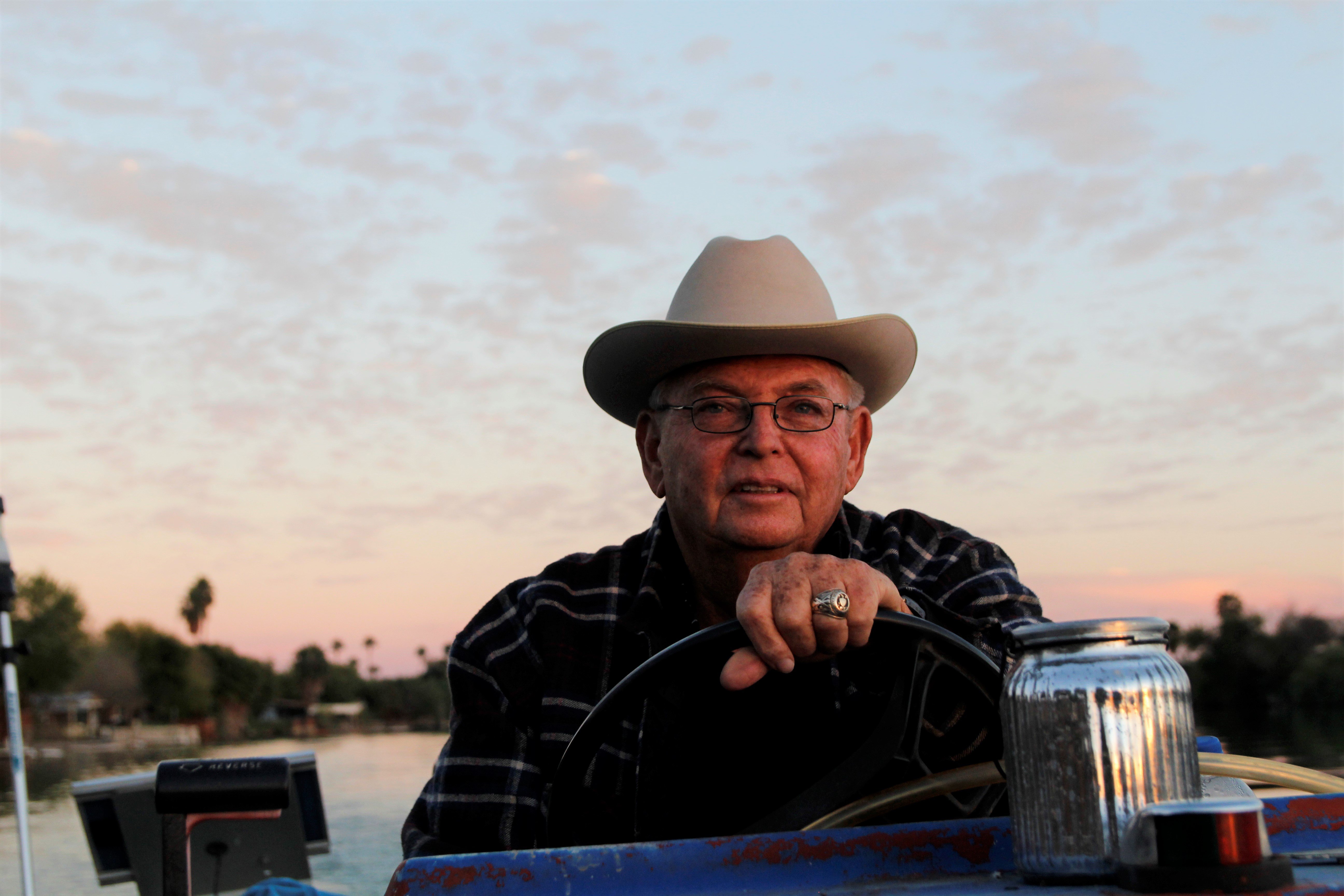
For Snipes, Trump’s wall is no abstraction. It’s set to steal something dear from him. Snipes is the priest in charge of the La Lomita chapel, a humble sandstone church that has stood for 120 years just a few hundred yards from the Rio Grande, at the southern outskirts of Mission. Inside its walls, votive candles burn, and guestbooks fill up with Spanish and English messages left by worshippers.
Snipes belongs to the Oblates of Mary Immaculate, the congregation of priests that built the chapel in 1899. Nearly 40 years ago, he took his final vows at La Lomita, which was named for a nearby hillock. At sunset, he said, he often piles a couple canines into his van and drives the gravel levee road that leads to the chapel, where he prays and walks the dogs. Local residents worship at La Lomita every day, and as a state historical landmark, it draws tourists from around Texas. For Snipes, the diminutive sanctuary serves as a call to humility. “We come from a long line of hospitable, humble and kind people, and La Lomita is a reminder of that,” he said. “It’s the chapel of the people.”
If Trump has his way, the people’s chapel will soon languish on the wrong side of a 30-foot border wall, or be destroyed entirely. Already, Border Patrol agents hover day and night at the entrance to the 8-acre La Lomita property, but Snipes thinks a wall would be another matter. Even if the chapel survives, and even if it remains accessible via an electronic gate in the wall, he thinks almost all use of the chapel would end. To prevent that, the Roman Catholic Diocese of Brownsville, which owns La Lomita, is fighting in court to keep federal agents off the land — but it’s a Hail Mary effort. Border residents have tried, and failed, to halt the wall before.

Here’s what the La Lomita stretch of wall would look like: As in other parts of Hidalgo County, the structure would be built on an existing earthen river levee. First, federal contractors working for Customs and Border Protection (CBP) and the U.S. Army Corps of Engineers would cut away the levee’s sloped south half and replace it with a sheer concrete wall, about 15 feet high, then top the wall with 18-foot steel bollards. In total, the levee wall and metal fencing would reach more than three stories high. Longtime border activist Scott Nicol has called the proposed structure a “concrete and steel monstrosity.”
And it doesn’t end there. The contractors would also clear a 150-foot “enforcement zone” to the south, a barren strip of land for patrol roads, sensors, camera towers and flood lights. Because La Lomita stands well within 150 feet of the existing levee, activists fear the historic structure could be razed. In an October online question-and-answer session, CBP responded vaguely: “It has not yet been decided how the La Lomita chapel will be accommodated.” The agency declined to answer questions for this story.
This month, Congressional Democrats and Trump are feuding over further funding for the wall, but the administration already has the money it needs to build through La Lomita: $641 million was appropriated in March for 33 miles of wall in the Rio Grande Valley. In October, the Department of Homeland security also invoked its anti-terrorism authority to waive a raft of pesky environmental and historic preservation regulations for a portion of that mileage, including La Lomita’s segment. No contract has been awarded for the stretch that would endanger the chapel yet, so there’s no certain start date, but CBP plans to start construction elsewhere in Hidalgo County as soon as February.
–
Unlike in Arizona and California, the land along the Rio Grande — Texas’ riverine border — is almost entirely owned by a collection of farmers, hobbyist ranchers, entrepreneurs and deeply rooted Hispanic families who can truly say the border crossed them. Ninety-five percent of Texas borderland is private. That includes La Lomita, whose owner, the diocese in Brownsville, has decided to fight back.
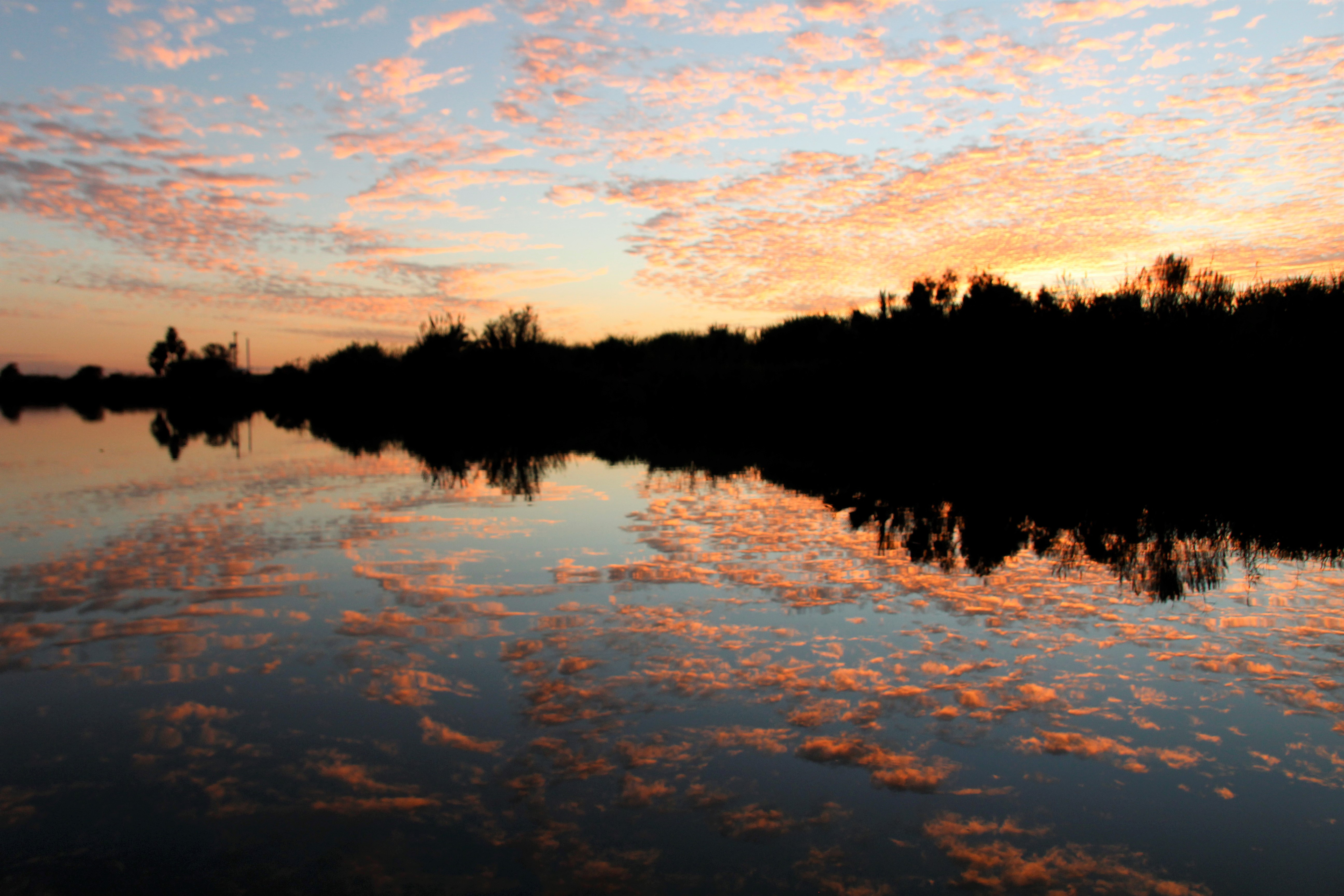
Multiple times this year, court filings show, federal agents pressed the diocese to let them access the property so they could survey it, a necessary step before using eminent domain to take land for the wall. But the diocese has repeatedly said “no,” forcing the government to file a lawsuit in October seeking access to the property. The diocese shot back with a public statement, declaring that “church property should not be used for the purposes of building a border wall” and calling the wall “a sign contrary to the Church’s mission.”
The diocese is also challenging the government in court. In a pair of recent court filings responding to the lawsuit, the diocese argues that federal agents should not be allowed to enter its property, much less construct the border wall, because doing so would violate both federal law and the First Amendment. It’s a legalistic version of Snipes’ claim that the wall would deter worshippers.
“The wall would have a chilling effect on people going there and using the chapel, so in fact, it’s infringing or denying them their right to freedom of religion,” said David Garza, the Brownsville attorney representing the diocese. “We also don’t believe the government has a compelling interest to put the wall there; if they wanted to put technology or sensors, that might be a different story.”
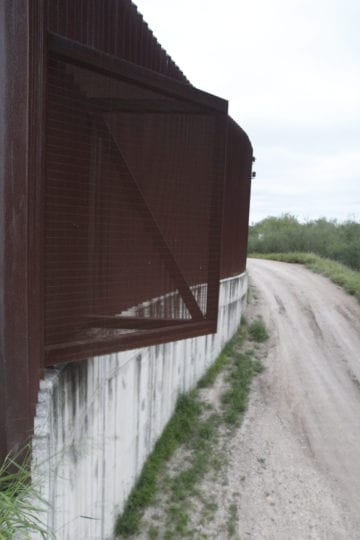
It’s a long-shot challenge, to be sure. Bush and Obama already built 110 miles of wall in Texas between 2008 and 2010, over the protests of numerous landowners. But this may be the first time anyone’s challenged the border wall on freedom-of-religion grounds. “I’ve been looking for the needle in the haystack, but a case of this nature, I’m not aware of,” Garza said. A hearing in the case is set for early January.
When I visited the Mission area in November, Father Snipes insisted that we conduct our interview out on the Rio Grande at sunset. Two of his dogs joined us in the motorboat.
As we dawdled upriver, watching the sky bleed from red to purple, Snipes told me the story behind something I’d seen earlier that day: a trio of wooden crosses protruding from the ground between La Lomita and the levee. There, he said, he’d buried a llama and a pair of donkeys, animals who’d participated in Palm Sunday processions from his downtown church to La Lomita, reenactments of Christ’s entry into Jerusalem. The animals had carried Jesus. So close to the levee, the gravesites would likely be destroyed during wall construction.
As the day’s last light faded, Snipes turned wistful. “I thought the government was supposed to protect our freedom to promote goodness and truth and beauty,” he lamented. “Even if they won’t promote it themselves.”

